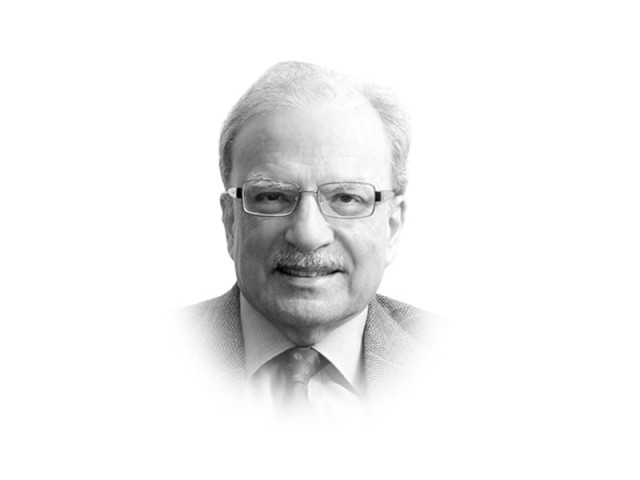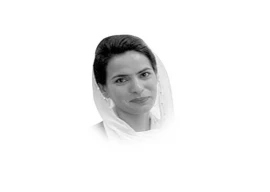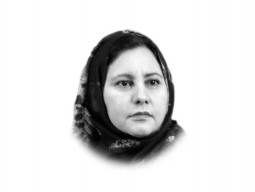
Economists generally consider three forms of disparity: wealth (wealth inequality), income (income inequality), and consumption (consumption inequality). Of these, income inequality is the most frequently discussed subject. It has two important aspects: interpersonal and regional inequalities. The issue of economic inequality leads to concerns about equity, equality of outcome, and equality of opportunity.
There was considerable and an excited discussion of the causes of inequality in the West following the publication of the French economist Thomas Piketty’s book, Capitalism in the 21st Century. Institutions such as the IMF and the World Bank have also given a great deal of attention to the subject. According to a June 2015 report of the IMF, “widening income inequality is the defining challenge of our time. In advanced economies, the gap between the rich and poor is at its highest level in decades. Inequality trends have been more mixed in emerging markets and developing countries, with some countries experiencing declining inequality, but pervasive inequities in access to education, health care, and finance remain.”
The interest in the subject of equality is not only on moral grounds; as social scientists began to emphasise decades ago, perception of discrimination that leads to inequality can have diverse consequences. The economist Albert O Hirschman pointed out in his book, Exit, Voice and Loyalty published decades ago, that unfair treatment on the part of a segment of the population can lead to one of three reactions: those unhappy with their situation can choose to stay within the system hoping that corrections will be made from within; or they may raise their voice, drawing attention to their situation; or they may exit from the system altogether. We have seen examples of all three in our own history.
On a number of occasions, the country’s citizens have raised their voices against what they regard as built-in biases against them in the systems of governance. The most recent example of this was the politics of dharna practiced by Imran Khan and his PTI. This campaign attracted a fair amount of attention, in particular by the middle class that was persuaded that the political and economic systems that governed their lives did not provide them with the space they needed. They shouted for change. There are secessionist elements in the country — in particular in Balochistan — who want an exit, since they don’t believe that without having a geographic place of their own, they will not be able to get social, political and economic justice. Pakistan’s creation was an example of the exercise of the exit option as was the emergence of Bangladesh. Most of the time, however, the citizenry has been loyal to the system. The prolonged energy crisis has tested the citizenry’s patience, but the people have remained generally loyal to the system.
What are the many reasons for persistent inequality in the country? In neo-classical economics, income inequality is the result of the differences in value added by labour, capital and land. Within labour income, distribution is due to differences in value added by different categories of workers. As Piketty observed on the basis of data collected and investigated from some of the more advanced countries, the return on capital is much higher than from labour. Unless the state begins to tax those who earn their incomes from the use of capital and to raise resources that would increase the productivity of the poor, inequalities will continue to increase.
The most important contribution to inequality is the failure of the state to provide basic needs — not just goods but also services — to the poorer segments of the population. Economists and sociologists in particular now recognise that poor educational and health systems create long-term problems for those who have no available alternatives. The country’s public educational and health systems have collapsed, brought down by a combination of a dearth of resources and corruption. The upper classes have alternatives available since they have the means to pay for the services the private sector can provide. Poor education, the absence of skills and recurrent problems of health mean that large segments of the population will remain trapped in poverty.
Pakistan at this delicate time in its history needs to address the problem of inequality. The state should concentrate on improving the quality of governance, taxing the rich to increase the resources available with the government, and concentrating the government’s attention on providing services that the poor need. Only then, will there be some assurance of achieving social and political stability.
Published in The Express Tribune, August 10th, 2015.
Like Opinion & Editorial on Facebook, follow @ETOpEd on Twitter to receive all updates on all our daily pieces.















COMMENTS
Comments are moderated and generally will be posted if they are on-topic and not abusive.
For more information, please see our Comments FAQ